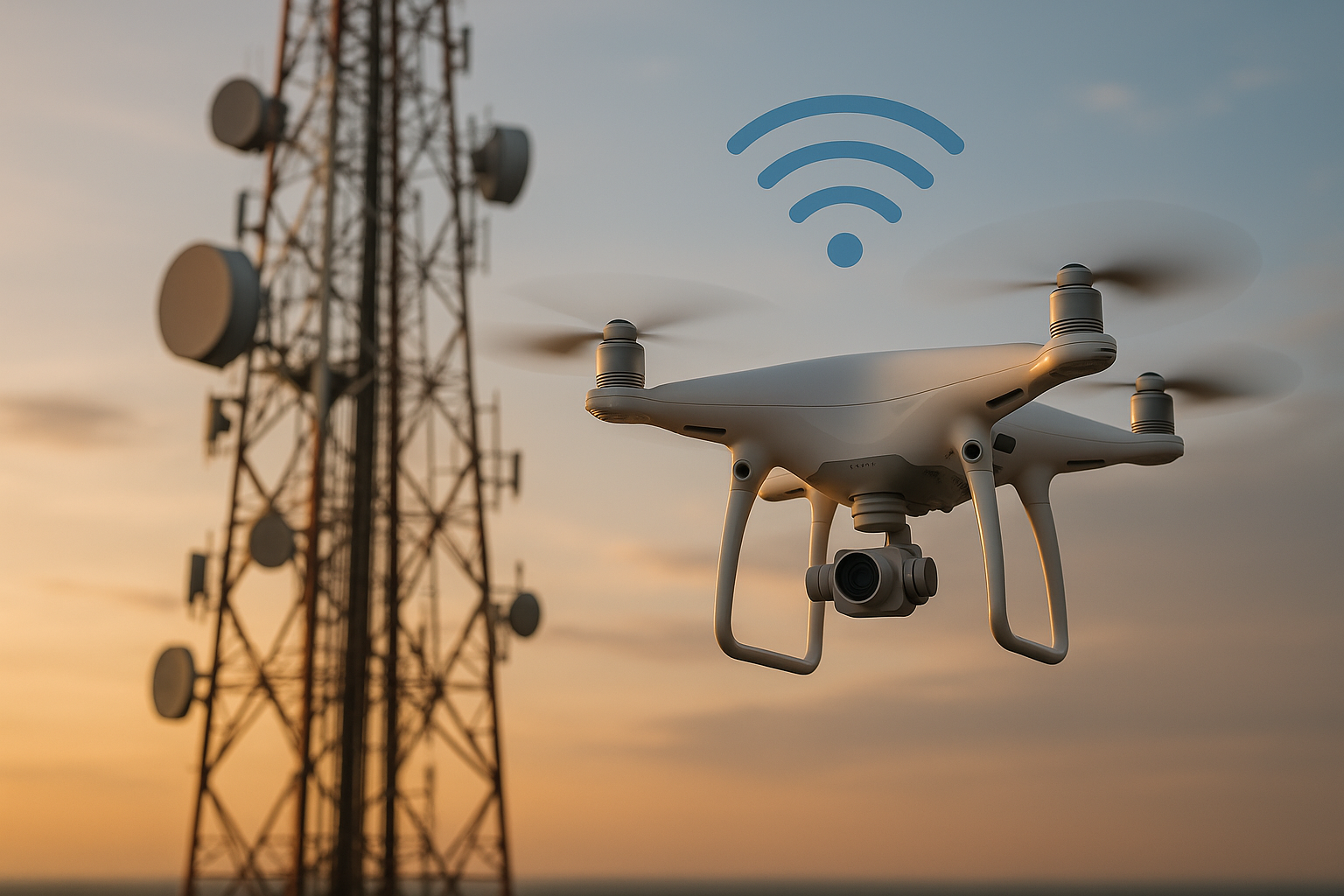Paving the Way for Telecommunication with Drones: A New Era of Connectivity
The world of telecommunications is evolving at lightning speed. New technologies and innovative solutions continue to emerge, changing the way we connect and communicate. One such groundbreaking technology is the use of drones for connectivity, which promises to revolutionize the telecom industry. This article delves into the world of drone-enabled telecommunications, discussing its history, current trends, and impacts.

The Genesis of Drone-enabled Telecommunications
Drones, also known as Unmanned Aerial Vehicles (UAVs), have been around for decades, primarily used in military applications. However, their potential in civil applications began to be recognized in the early 21st century. Drone-enabled telecommunications started as a concept around 2010, when tech-giants began experimenting with the idea of using drones to deliver internet connectivity to remote areas. The technology has since evolved into a viable solution, with several successful tests and pilot projects around the world.
Current Trends and Regulatory Changes in Drone-Enabled Telecommunications
The drone industry is maturing rapidly, and with it, the application of drones in telecommunications. Many telecom companies are now exploring the use of drones to improve connectivity, especially in disaster-stricken or remote areas. Companies like Facebook and Google are investing heavily in this technology, with projects like Aquila and Project Loon, respectively.
Regulatory bodies worldwide are also catching up with these technological advancements. In the U.S., the Federal Communications Commission (FCC) has started granting experimental licenses to companies wanting to test drone-enabled telecommunications. Similarly, the European Union is developing regulatory frameworks to govern the use of drones in various sectors, including telecommunications.
The Impact of Drone-enabled Telecommunications: Opportunities and Challenges
The potential impact of drone-enabled telecommunications is enormous. They can provide temporary network coverage in disaster-stricken areas, deliver connectivity to remote regions, and augment existing network infrastructure during peak usage times. This could significantly improve the quality and availability of telecom services, bridging the digital divide.
However, this technology also presents several challenges. These include technical issues like maintaining stable connections, ensuring long flight times, and addressing safety concerns. Regulatory hurdles and public acceptance are other significant challenges that need to be overcome for this technology to go mainstream.
Practical Applications of Drone-Enabled Telecommunications
Despite the challenges, drone-enabled telecommunications have numerous practical applications. They can be used to rapidly restore connectivity after natural disasters, as temporary network boosters during large public events, and as a cost-effective solution for providing connectivity in remote or hard-to-reach areas.
Drone-enabled telecommunications also have the potential to revolutionize industries like agriculture and mining, where drones can provide connectivity for remote monitoring and control of machinery.
The Future of Drone-Enabled Telecommunications: A Look Ahead
While still in its early stages, drone-enabled telecommunications is a field ripe with potential. As the technology matures and regulatory hurdles are overcome, we can expect to see more widespread use of drones in telecommunications. This technology holds the promise of a more connected world, where access to telecom services is universal and equitable.
In conclusion, drone-enabled telecommunications present an exciting new avenue in the telecom industry’s ever-evolving landscape. By delving into its history, current trends, and impacts, we can appreciate its potential to revolutionize the way we connect. With continued research and innovation, the sky is truly the limit for this groundbreaking technology.




